Last month I discussed considerations for seismic actions on internal aluminium partitions, and how seismic bracing is pivotal in fortifying against the dynamic forces generated during seismic events.
In this next instalment, I look at frame deflections and other actions that should be taken into account when specifying internal partitions.
Frame deflections
Although non-structural elements do not support a building’s structural load, they are nonetheless susceptible to the dynamic horizontal and vertical forces that arise during an earthquake. Frame deflections resulting from inter-storey drift can induce vertical forces on partition walls, and should be considered as part of the specification process. These loads may be caused by events like wind or earthquake loading.
Dead loads and live loads
Vertical movement can also be caused by the presence of live or dead loads on the floor above.
Dead loads
The structure supports the dead load, including its own weight as well as the weight of permanent nonstructural partitions and any fixtures and fittings such as book shelving. As part of the specification process, the partition’s structural performance should be evaluated in relation to the anchorages and fixtures it is expected to support. The partition should be capable of supporting any fixtures without loosening, detaching, or damaging the partition.
Live loads
The structure is subjected to dynamic loads from movable objects within the building, including desks, cupboards, filing cabinets, and people. These loads can impact the design of internal partitions. For example, in spaces where there is a potential for crowds, such as auditoriums, event venues, or public areas, the forces imposed by crowd pressure can be significant. “Crowd pressure” refers to the load exerted by a group of people leaning against the partition wall. Internal partitions need to be designed to withstand such loads to ensure structural integrity and safety.
Other loads
Thermal Loads
Internal partitions may also face thermal loads, where temperature fluctuations can lead to material expansion or contraction, potentially affecting stability and alignment over time.
Vibration loads
Vibration loads are another type of action, originating from machinery or heavy equipment and transmitting through the building structure.
Impact loads
Additionally, partitions are susceptible to impact loads caused by collisions or heavy objects striking them.
Loads on glazed partitions
Architects and designers need to consider solutions that ensure interior partitions will not be crushed or pulled apart and prevent interior glazing from popping out of the aluminium pockets. Specialised framing systems that incorporate glass infills utilise aluminium extrusions that can integrate gaskets, wedges, and blocking, akin to exterior aluminium joinery. Certain systems also boast unique features designed to support glass under low internal pressures and human impact. The NZBC references NZS 4223.3:2016 “Glazing in buildings - Human impact safety requirements” as the acceptable solution with regard to glazing in internal partitions.
Stay tuned for the final part of this series next month where I'll look at wind actions and recent changes to AS/NZS 1170.2.









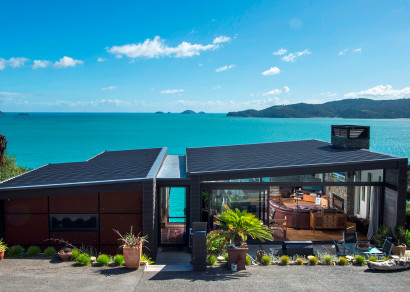



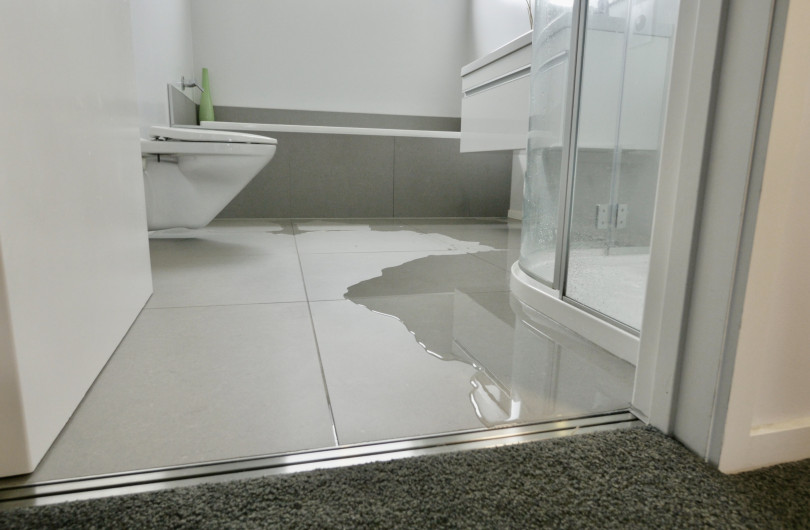
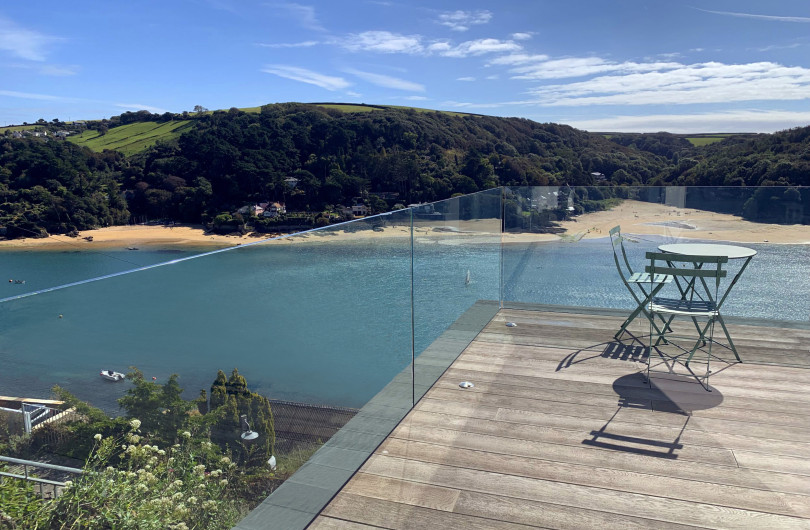
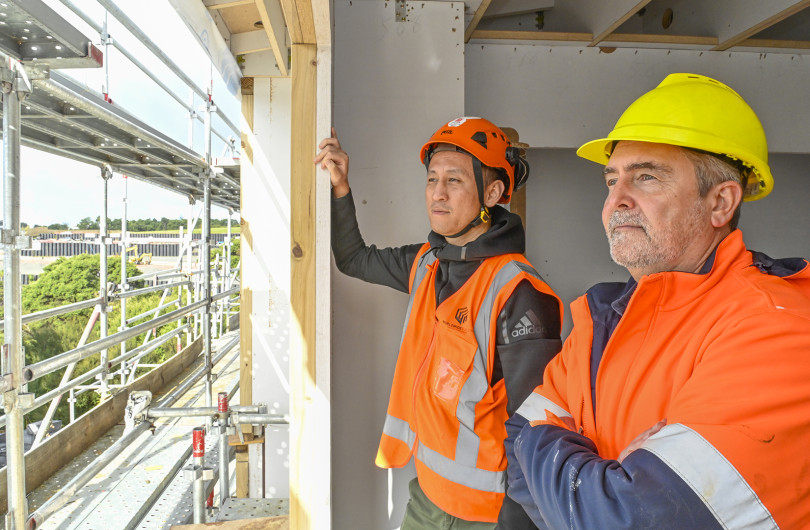
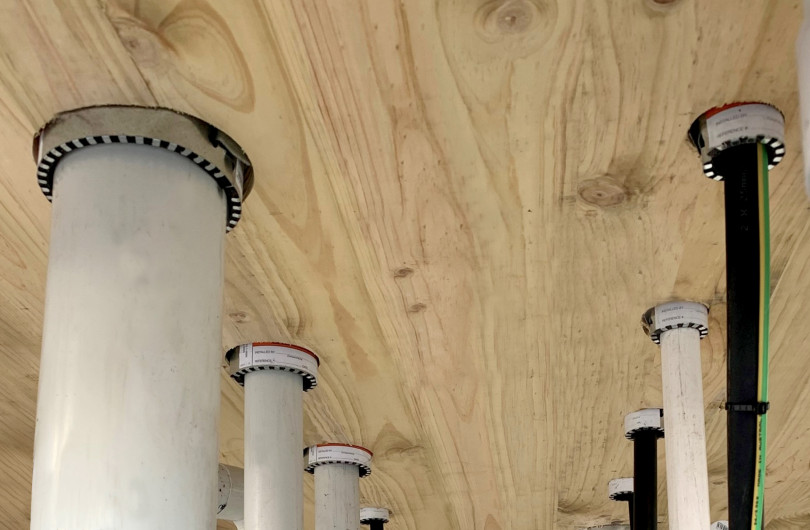

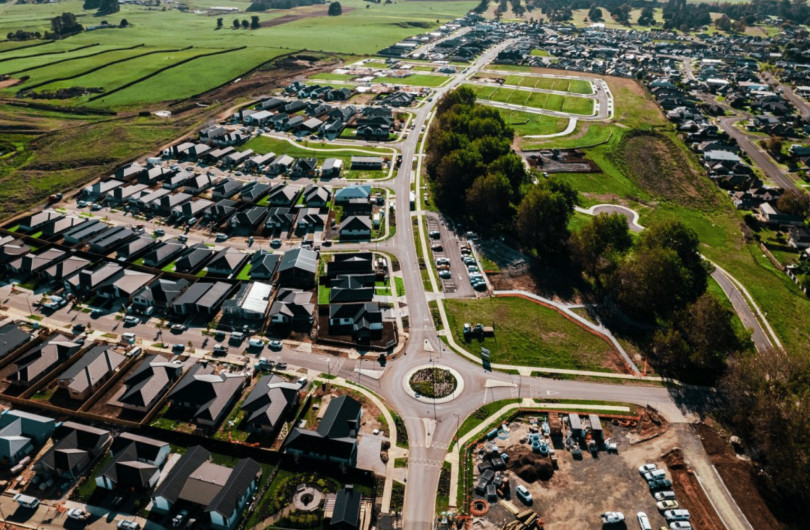

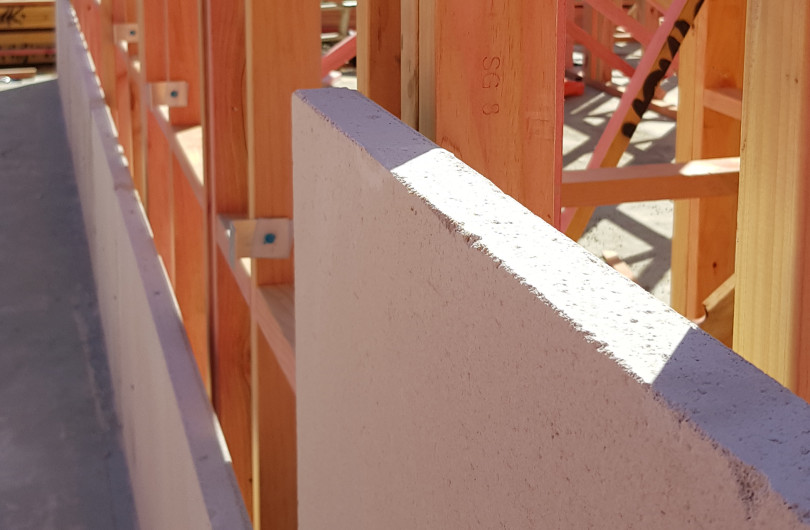




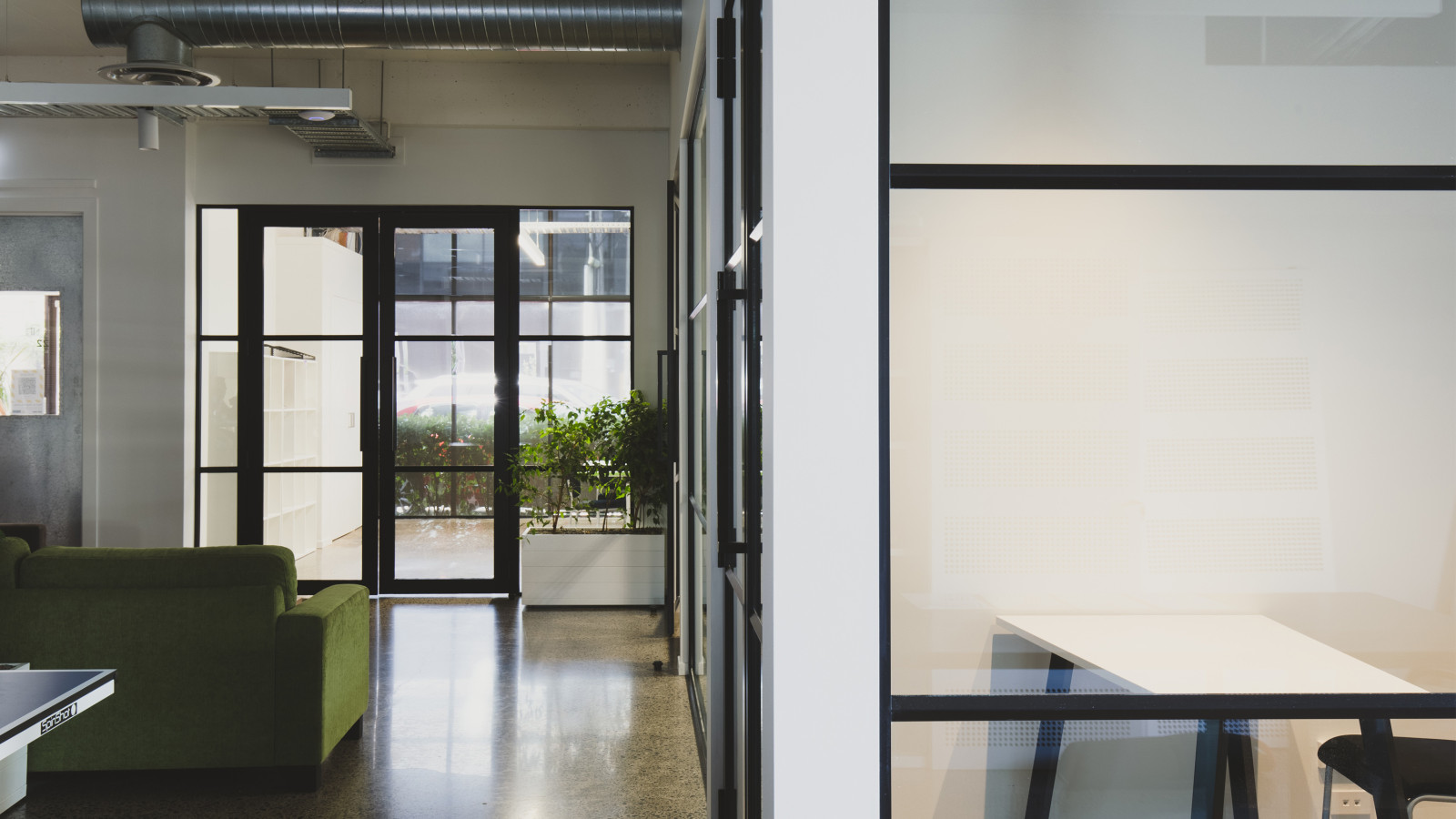



 Most Popular
Most Popular Popular Products
Popular Products



